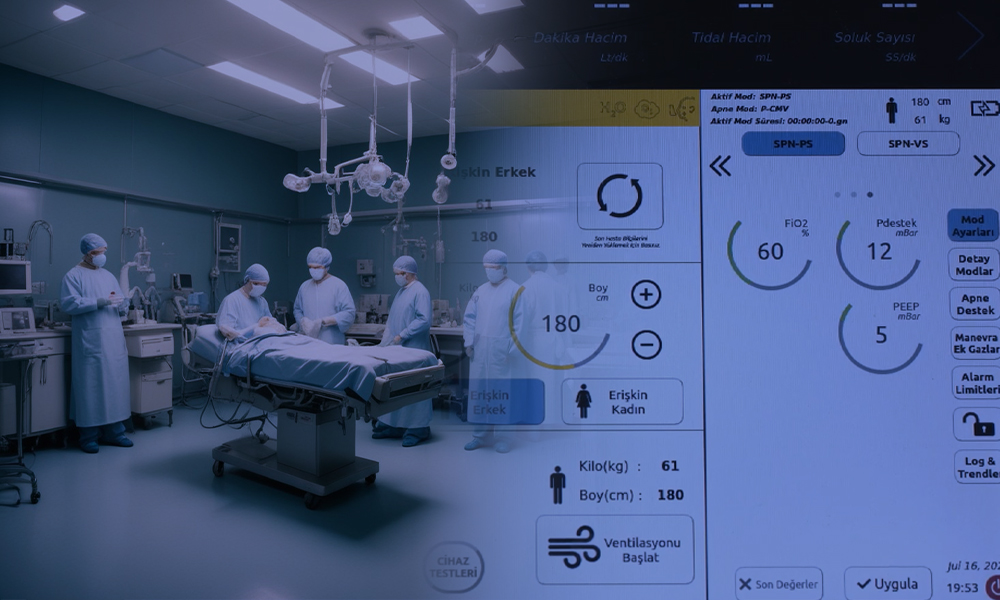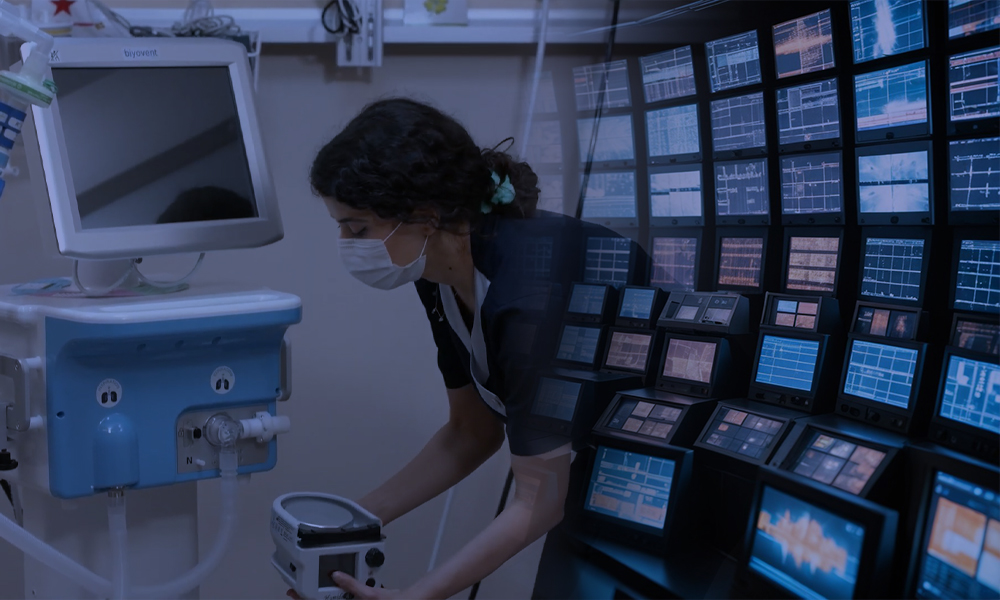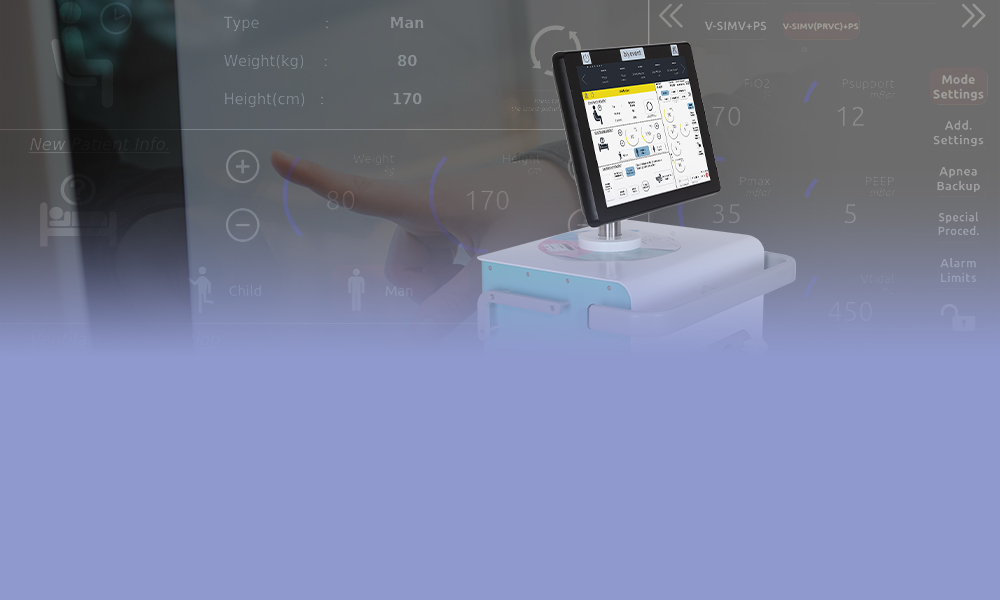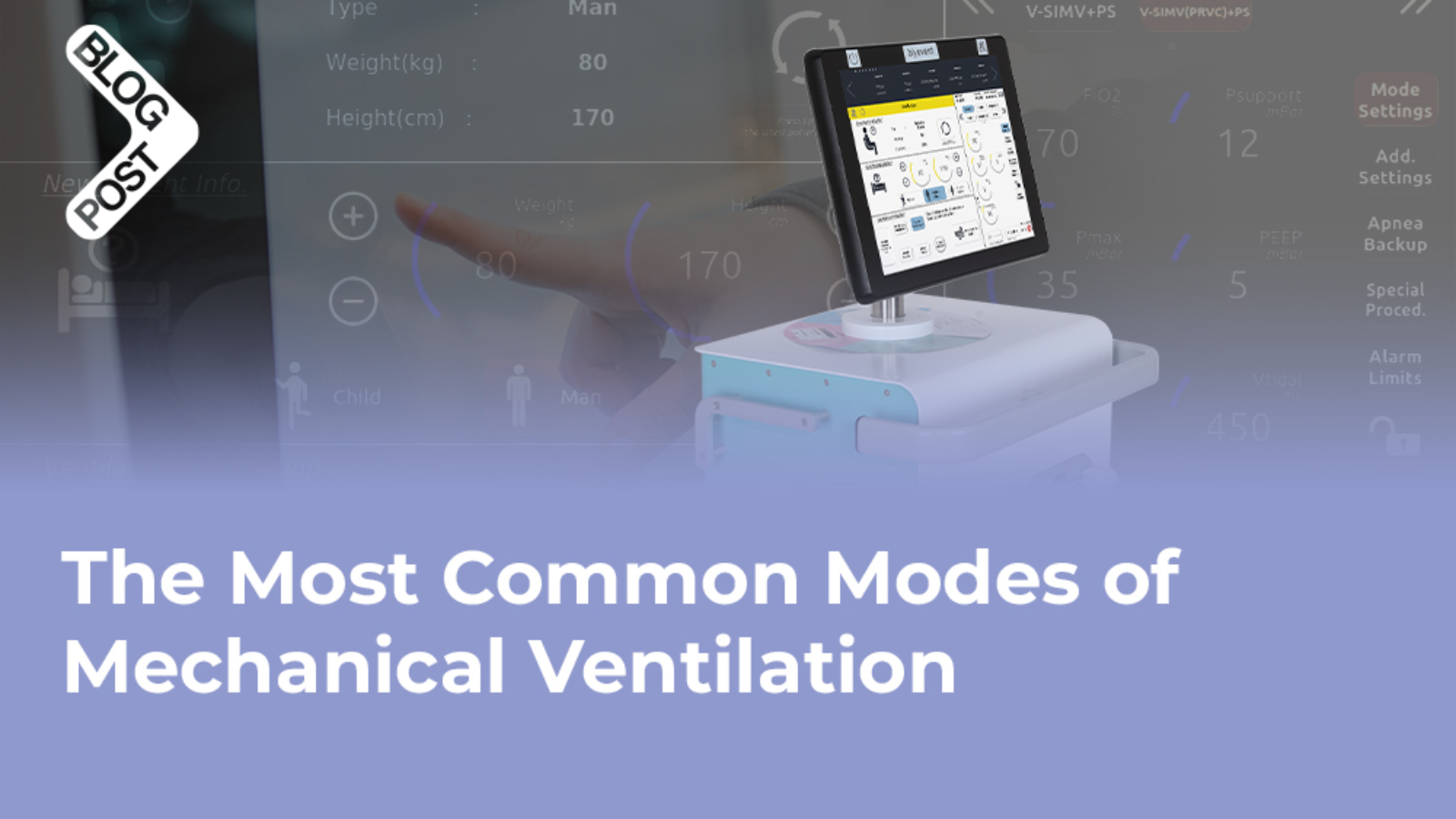Mechanical ventilation is the process of using an external device (machine) to aid gaseous movement in and out of the lung. It serves as a type of life-saving device that facilitates breathing. Also, it’s widely used as an artificial breathing support in surgical cases, extremely ill situations, or when an individual is incapable of breathing on their own. Various modes of mechanical ventilation play a great role in respiratory support, patient stabilization, and provision of pressure to prevent the alveoli from collapsing. Continue reading, as this article provides you with diverse mechanical ventilation modes and some of the most common modes of air circulation.

Pressure Controlled Ventilation (PCV)
Pressure-controlled ventilation is a special kind of assisted respiration whereby a patient’s inspiratory pressure is predetermined. This mechanical ventilation mode provides an amount of aeration that depends on the compliance of the lungs and the resistance of the alveoli. It is an airflow system where the maximum airway force is constant and the total ventilation fluctuates.
PCV is one of the most convincing pressure-limited ventilation (PLV) that is used regularly in the initial stages of newborn care. It is a technique recommended by different centers for preventing lobar emphysema. Although PCV reduces the risk of barotrauma, it could be challenging to provide a sufficient tidal volume (VT) when used in patients with ARDS. Also, an improper setting of this ventilator can lead to hypoxia and respiratory depression.

Volume Controlled Ventilation (VCV)
The modes of mechanical ventilation that involves a preset tidal volume to be provided in a specific amount of time is volume-controlled ventilation. It is usually more simple and comprehensible for most medical practitioners new to assisted air circulation. In this case, total ventilation is always set, the volume of breath supplied is constant, but the inspiratory pressure is unstable.
Most of the time, VCV is commonly used in anesthesia, either in the assisted control (AC) mode or continuous mandatory ventilation (CMV). Due to the increase in peak pressure (PIP) with steady and accurate breathing volume, it usually causes uneven gaseous distribution and volutrauma.
Pressure Support Ventilation (PSV)
A special mode of positive-pressure mechanical ventilation that requires patient initiation of each breath is known as pressure support ventilation. This kind of aided respiration can be administered either through the use of intubation (invasive) or with a mask (non-invasive) ventilatory pattern. It’s known as the most pleasant aided airflow with a useful system that delivers the benefits of the two types of ventilator patterns.
PSV involves setting maximum driving pressure which usually indicates the ventilator flow rate. Sometimes, the patient’s pulmonary compliance, airway resistance, PIP, and breathing efforts frequently affect this flow rate. There is no minimum minute ventilation and the tidal volume provided is influenced by the flow and rate of breathing. Due to a volatile VT, it may also make the lung distend excessively.
Pressure-Limited Time-Cycled Ventilation
Another type of PLV (similar to a pressure-controlled ventilator) that was previously used in neonates is the time-cycled PLV. This mechanical ventilation mode makes use of a predetermined peak pressure and a specified volume of gas within an extended period. While breathing in, this triggered ventilator provides a steady flow of air to the patient.
Previous reports about the use of pressure-limited time-cycled ventilation have shown that lungs are usually susceptible to atelectrauma and barotrauma conditions. In addition, it has been observed that one of the primary factors influencing ventilator-associated lung injury (VALI) is Total ventilation (VT).

Synchronized Intermittent Mandatory Ventilation (SIMV)
This is a unique mode of mechanical ventilation that provides a fixed tidal volume at a predefined frequency. In most cases, synchronized intermittent mandatory air circulation always permits patients to voluntarily breathe on their own. SIMV produces a mandatory breath that is delivered at the same moment the patient starts initiating their breath (spontaneous breath). In addition, positive end-expository pressure (PEEP) can also be administered using this synchronized IMV method.
SIMV is mostly required by people with COPD, neuromuscular disorder, or ARDS and is used alongside pressure support ventilation. In some instances where SIMV is improperly used, there may be an inability to initiate spontaneous breath, fluctuations in intrathoracic force, or severe respiratory failure. This technique of ventilation is risky for hyperventilation, consumes much time, and can cause infection, barotrauma, or cardiac arrhythmias.

High Flow Nasal Cannula (HFNC)
A high-flow nasal cannula is an oxygen therapy commonly called a heated, humidified, high-flow nasal cannula (HHFNC). It entails the delivery of a flexible blend of warmed, humid, and oxygen-rich air at a variable pace that surpasses spontaneous pulmonary flow. Whenever this aeration is used to provide oxygen, the flow is significantly greater than that with conventional nasal cannulas.
In addition, HFNC enhances the functional residual capacity, and accurate distribution of oxygen. This mechanical ventilation mode often has an outcome of improved breathing efficiency due to continuous high oxygen flow that often washes out the anatomical dead space.
Self Adjustable Ventilation (SAV)
Self Adjustable Ventilation is a special ventilator that makes use of detectors to constantly alter the airflow in response to changes in air properties. With the help of this technique, indoor comfort, improved air exchange systems, and environmental sustainability are guaranteed. This often allows great flexibility in ventilator parameters and also blends soothingly with a wide range of conditions.
Conclusion
The various modes of mechanical ventilation play a significant role in the therapeutic assistance for breathing. The use of any of these aeration systems depends on the patient’s tolerance, underlying issues, and medical purpose.
In some instances, PCVs’ are used because of their ability to lessen the risk of barotrauma and deliver the same volume with a lower peak airway force. However, many specialists utilize VCV for diseases with changing respiratory mechanisms due to its minute ventilation.
Sometimes, most COPD patients are aided with SIMV mechanical ventilation mode as it has faster weaning airflow with a shorter ventilator reliance which improves patient comfort. On the other hand, to reduce patient work rate, a PSV coupled with CPAP or SIMV modes is used.
The advancement in ventilation systems has been enormous, providing diverse modifications that improve patient tolerance and enhance their outcome. You can explore the different modes of ventilation and their impact, application, and improvement in the ICU and other healthcare sectors.
References
1.https://my.clevelandclinic.org/health/treatments/15368-mechanical-ventilation
2.https://www.sciencedirect.com/topics/medicine-and-dentistry/pressure-controlled-ventilation
3. https://ecampusontario.pressbooks.pub/mechanicalventilators/chapter/volume-control-ventilation/
4.https://ecampusontario.pressbooks.pub/mechanicalventilators/chapter/volume-control-ventilation/
5.https://pubmed.ncbi.nlm.nih.gov/31536312/#:~:text=
7. https://www.icliniq.com/articles/respiratory-health/synchronized-intermittent-mandatory-ventilation
8.https://www.uptodate.com/contents/high-flow-nasal-cannula-oxygen-therapy-in-children


Add a Comment